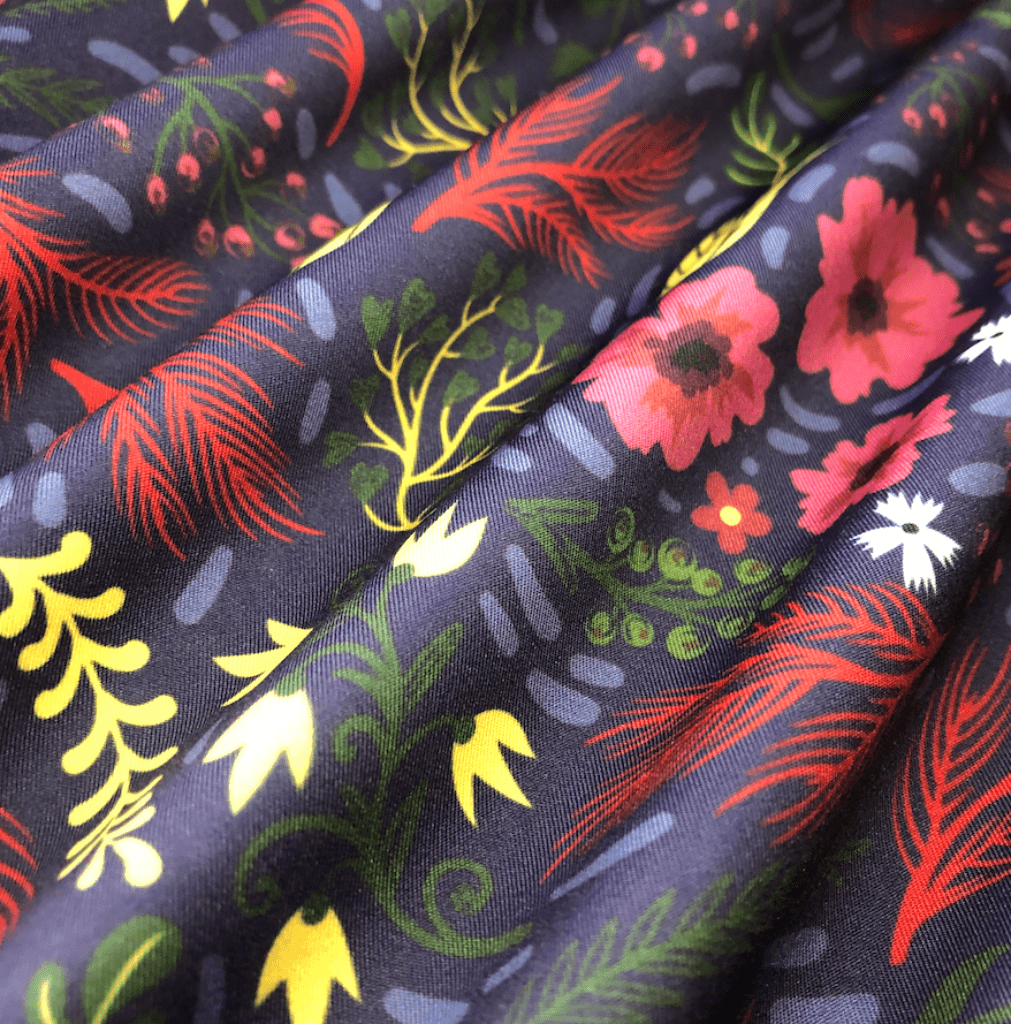
Fiber Characteristics – Microfibers
Microfiber. It’s a household word that is often followed by the word “cloth”. It often comes up in conversations when discussing cleaning tips, especially with fragile or precious items around the house. But microfiber is found in many other fabrics and can be present in garments that are not cleaning-related. In this blog post, we’ll take a deeper dive into the fiber characteristics of microfibers, how it came to be, what we use it for today, and eco-friendly cleaning tips.
History of Microfibers
Microfiber can also be known as microdenier fibers. These are manufactured to be much finer and thinner than standard fibers. Many fibers can be created as microfibers, including acrylic, nylon, polyester, lyocell (Tencel), and rayon (modal).
Microfibers were first invented in the early 1980s in Japan and were made from polyester. Next, this fiber was produced in Germany in 1986, and finally in the United States by DuPont in 1990. The first nylon microfiber was developed in 1991 by DuPont and BASF.
There are two primary processes used to produce microdenier fibers. The first method is comprised of extrusion from a spinnerette. Spinnerettes are a staple in the creation of manufactured fibers. They are often described as operating like water flowing through a showerhead. This is how the spinnerette allows fine liquid streams of solutions that are forced through holes and then hardened into continuous strands of fiber.
The second method is comprised of producing filament fibers made from two different polymers. After the fabric is made, the fibers are split apart into many more delicate filaments through a finishing process.
Fabric Characteristics of Microfibers
The physical and chemical properties of a microdenier fiber are not different from those of the same fiber in standard thickness. However, many vital characteristics are improved in the microfiber form. The fabric’s hand becomes softer. The drape becomes more fluid. And the wicking effect is much improved. In addition, fabrics made from microfibers produce much more vivid color contrasts when printed. This is because there are many more fibers on the surface area providing a richer color.
Microfibers can be used to make many fabric types. They offer the marketplace a superior fiber for luxury applications as well as mass-market designs. Microfibers can be found in almost every application in which manufactured fibers are utilized.
End Uses
Microfibers have a significant presence in a broad range of end uses, including fashion apparel, lingerie, activewear, and swimwear. At Pine Crest Fabrics, we offer a high-quality microfiber interlock stretch knit called Merit. Due to its wicking finish and high abrasion resistance, this cloth is perfect for leggings and other performance garments.
Eco-Friendly Care Tips
The fashion industry has continued to shift. It focuses on more environmentally friendly practices within production and garment care methods. Because microfibers are often shed during the garment washing process, it is very important to avoid letting these tiny fibers make their way into our waterways. Eco-friendly practices have become a concern for many brands and individuals. Thankfully, there are several ways to responsibly wash microfiber garments to keep microdenier fibers from contaminating the environment.
- Microfiber Washing Bag: These bags are created with the intent of capturing microfibers during the washing process. After cleaning the garments, the microfibers can then be removed from the wash bag and thrown away more safely. https://us.guppyfriend.com/
- Microfiber Washing Machine Filters: These devices attach to a washing machine’s discharge hose and capture microfibers before they are released into drain water. These filters must be cleaned regularly to avoid the build-up of microfibers. https://filtrol.net/
- Microfiber Laundry Ball: These clever items are designed to capture microfibers within the wash using tiny holes that act as filters. These devices must be cleaned after each wash by collecting the microfibers from the ball’s surface and throwing them away within a small bag to avoid releasing microfibers into the air. https://coraball.com/
Exploring the fiber characteristics of microfibers is certainly an interesting topic! We hope you found this blog post enlighting and if you are interested in shopping for microfiber fabrics, contact our Fabric Specialists for more info!











